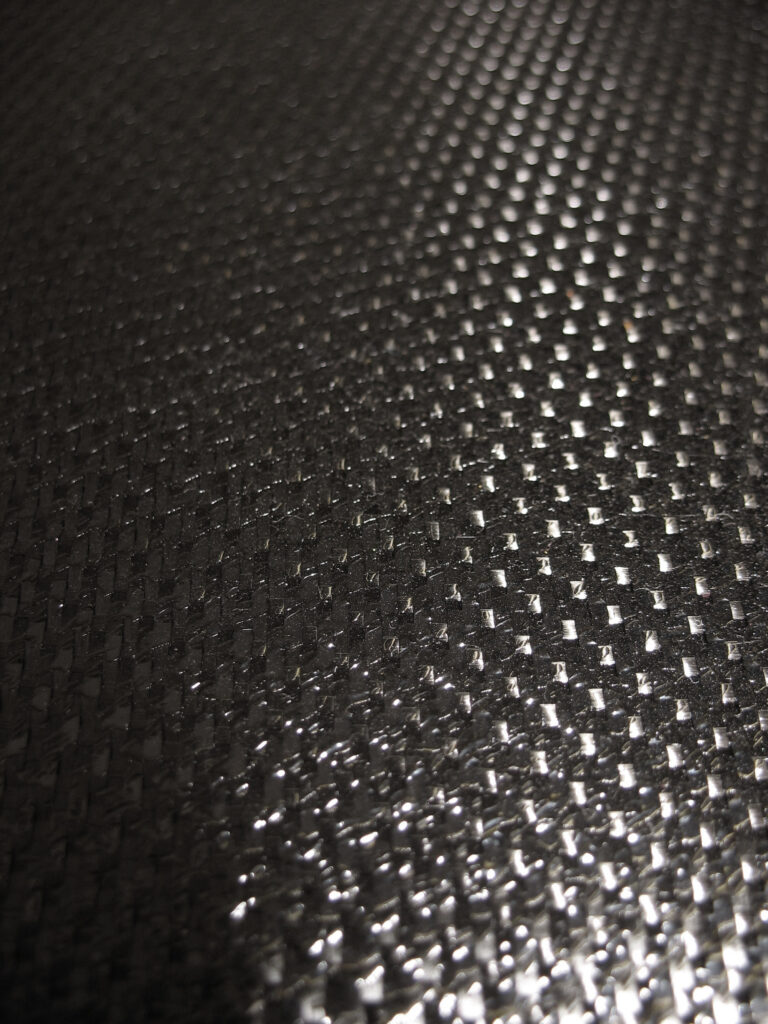Is Mold Making You Sick? The Surprising Link Between Indoor Air Quality and Chronic Illness
Mold is a type of fungus that can be found both indoors and outdoors. While mold is essential for the environment, it can also pose significant health risks when present in high concentrations inside homes or buildings. In this blog post, we will explore how mold affects your health, the signs and symptoms of exposure, the science behind the link between mold and chronic illness, and what you can do to improve indoor air quality and prevent mold growth.
Introduction to Mold and Its Health Effects
Molds are microscopic organisms that thrive in damp environments with plenty of oxygen and nutrients. They reproduce by releasing spores into the air, which can then settle on surfaces and grow into new colonies. When mold grows indoors, it can cause problems such as structural damage, musty odors, and adverse health effects.
Exposure to mold can lead to a range of health issues, including respiratory problems, skin irritation, and neurological symptoms. People who have weakened immune systems or allergies may be particularly susceptible to the negative effects of mold. Additionally, some types of mold produce mycotoxins, which are potent toxins that can cause serious health problems even at low levels of exposure.
Signs and Symptoms of Mold Exposure
The signs and symptoms of mold exposure can vary depending on the individual and the level of exposure. Common symptoms include:
Respiratory problems, such as wheezing, coughing, and shortness of breath
Skin rashes or irritation
Headaches and fatigue
Nausea and vomiting
Neurological symptoms, such as memory loss and difficulty concentrating
In severe cases, exposure to mold can lead to more serious health problems, such as lung infections, liver damage, and cancer. If you suspect that you or someone in your home has been exposed to mold, it’s important to seek medical attention right away.
The Science Behind the Mold-Health Connection
Scientific studies have shown a strong link between mold exposure and various health problems. For example, research has suggested that exposure to mold can trigger asthma attacks and exacerbate other respiratory conditions. Other studies have indicated that mold exposure may contribute to the development of certain autoimmune diseases, such as multiple sclerosis and lupus.
One reason why mold exposure can be so damaging to human health is that many people are genetically predisposed to react negatively to mold. Some individuals carry specific genetic variations that make them more sensitive to mold toxins, while others may have compromised immune systems that make it harder for their bodies to fight off mold-related infections.
How to Improve Indoor Air Quality and Prevent Mold Growth
To protect yourself and your family from the negative health effects of mold, there are several steps you can take to improve indoor air quality and prevent mold growth. These include:

1. Fix any leaks or water damage immediately – Moisture is one of the key factors that promotes mold growth, so fixing any leaks or water damage in your home should be a top priority.
2. Use exhaust fans in bathrooms and kitchens – By using exhaust fans during showers and cooking, you can help reduce humidity levels in these areas and discourage mold growth.
3. Keep your house clean – Regularly vacuuming carpets, washing bedding, and dusting surfaces can help remove mold spores and keep them from accumulating in your home.
4. Monitor indoor air quality – Consider investing in an indoor air quality monitor, which can alert you if mold spore levels become too high.
5. Seek professional assistance – If you suspect that you have a mold problem in your home, don’t hesitate to call in a professional mold remediation company to assess the situation and provide guidance on next steps.
Conclusion
Overall, mold exposure can have significant negative impacts on human health. However, by taking proactive measures to improve indoor air quality and prevent mold growth, you can minimize your risk of developing mold-related health problems.





